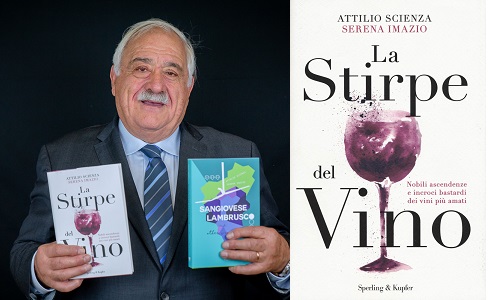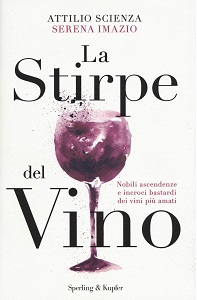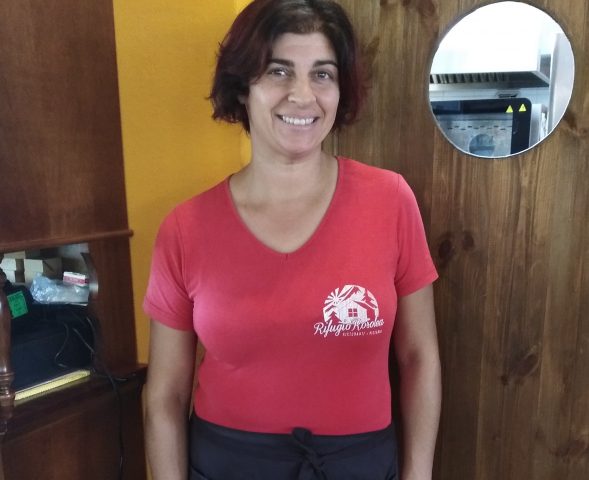La Stirpe del Vino at Covid-19 times

The situation we are experiencing brings to light the importance of scientific research, which is also fundamental in the world of wine, as Professor Scienza pointed out in his book La stirpe del Vino of two years ago.
Phylloxera was found with difficulty because no one had ever thought of looking at the roots of the plants, and was defeated only when the solution was sought (i.e. grafting on American rootstocks) in the same place where the problem had come from (i.e. the United States of America). To date, this is the main victory achieved by vine genetics in the whole history of wine. Despite this decisive success, which is exquisitely evolutionist, and which would not have been imaginable without Darwin's studies, a creationist mentality is still rooted in the agricultural environment today, preventing the resolution of the current dramatic problems of viticulture.
Sorry to remind you, but the discipline of vine cultivation is the most polluting form of agriculture in the absolute sense.
And public mistrust of the results of genetics remains a major obstacle.
Even if "genetics" is a term that sounds disturbing in the common sense, the process of genetic modification of the vine - Attilio Scienza and Serena Imazio remind us in La Stirpe del Vino of 2018, which to a re-reading sounds more relevant than ever - began in the Neolithic era, first by selecting only the most productive plants, and secondly by learning to cross the plants in order to transfer particularly welcome aspects.
Genetics as a scientific discipline is, instead, relatively recent, and was born in the mid-nineteenth century with Darwin. Without it, we would never have obtained cross-breeding rootstocks. "And it is precisely genetic selection that offers great opportunities for the development and improvement of viticulture, which today faces two major challenges: first, the fight against disease, also in light of the growing demand for healthy and sustainable products; second, climate change, which imposes new constraints on crops".
"The strategy to create more resistant plants - Science and Imazio continue - already exists and is called crossbreeding, even if it is a long-term strategy, which can take up to five or six years". Another problem with crossbreeding is that if I cross Sangiovese with another variety I don't create a new Sangiovese, but a new variety. However, there is an even more effective technique, which allows the most inconvenient aspects of Sangiovese to be modified, but always obtaining Sangiovese, and this technique is called cisgenesis: for example, I can only modify the gene that makes Sangiovese sensitive to powdery mildew, without modifying anything else.
For the moment, the greatest obstacle to the spread of cisgenesis, which would lead to a drastic reduction in the use of pesticides, is public opinion, but who knows that Covid-19 does not involve, among the thousands of damage caused, a new perception of the value of scientific research.
 Scienza Attilio, Imazio Serena,
Scienza Attilio, Imazio Serena,
La Stirpe del Vino
Sperling & Kupfer, 2018
€ 18,90

 Italiano
Italiano








